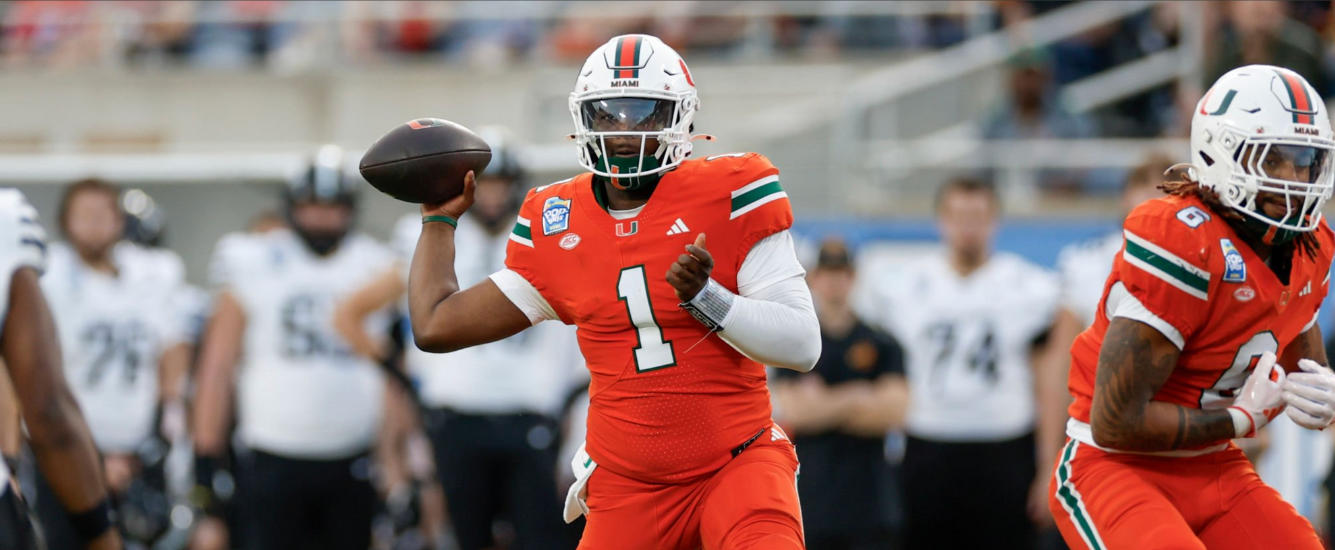A team’s pass rate is one of the most important variables in deciding how many fantasy points each player will score. The first order impact is on aggregate rushing attempt and target volume, but it’s also a huge determinant in the overall production of an offense. Pass attempts are more efficient than rush attempts, earning more yards (7.1 versus 4.3) and scoring more touchdowns (4.4% versus 3.1%) per attempt since 2010.[1]And before that, too. Incompletions also stop the clock, meaning more pass attempts lead to more plays in general. It’s a foundational assumption in projections and rankings.
But it can be a particularly difficult statistic to pin down. Teams that are behind tend to pass more, which can make it more difficult to know if a team’s pass/run ratio is a product of aggressive playcalling or game script (how many points the offense is ahead of behind when the play occurs). Because of this, many analysts like to use an adjustment called “situation neutral” pass rate. This only includes plays where the score is within 7 points. It also excludes plays with less than 2 minutes to go, as this tends to push teams to throw more often and play with more urgency. Theoretically, a team’s prior year situation neutral pass rate should be more predictive than their prior year overall pass rate. How does the data look?
PREDICTING NEXT YEAR’S PASS RATE
Footnotes[+]Footnotes[−]
| ↑1 | And before that, too. |
|---|














